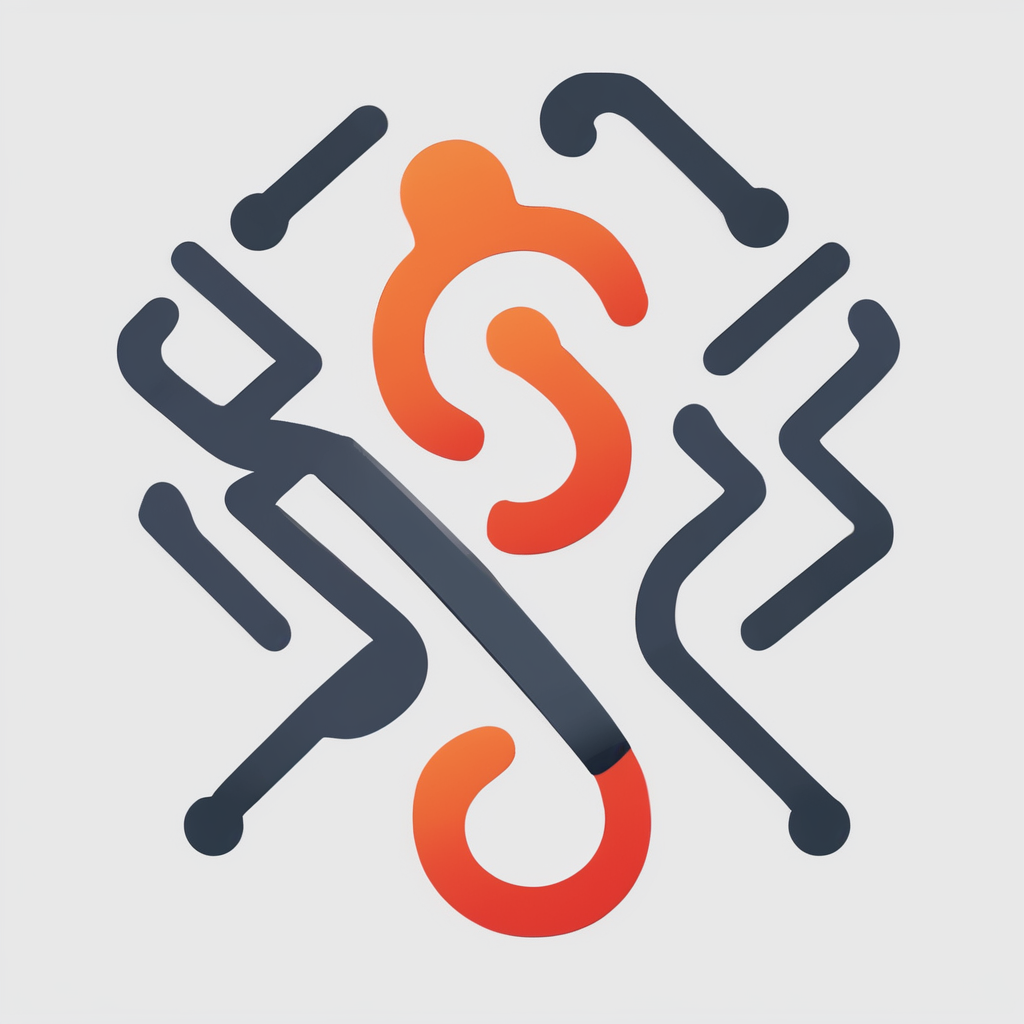Practical Benefits of Smart Home Devices in UK Households
Smart home benefits UK residents enjoy revolve largely around automation and voice control, which streamline daily tasks and improve overall efficiency. For example, smart thermostats allow homeowners to adjust heating remotely, ensuring a warm home upon arrival without wasteful energy use. Lighting systems can be programmed or controlled via voice commands, enhancing convenience and offering energy savings.
In everyday smart home daily life, these devices significantly reduce manual effort. Imagine arriving home carrying groceries and simply instructing a smart speaker to turn on lights, adjust the temperature, or play music. This seamless integration of UK household technology simplifies routines and supports accessibility for all ages.
Also to discover : How can UK homeowners enhance their kitchens with smart gadgets?
Real-life impact stories highlight how smart home devices transform lives across the UK. Users report better energy management leading to savings on bills, enhanced comfort without constant manual adjustments, and improved security features through connected sensors. Popular devices such as Amazon Echo, Google Nest thermostats, and Philips Hue lights remain staples due to their reliable performance and easy integration into existing homes.
By embracing smart home benefits UK families improve both comfort and control over their living environment, making technology a practical asset rather than a novelty.
Also read : What are the best options for UK home heating systems?
Energy Savings and Efficiency Improvements
Smart thermostats UK are designed to adapt intelligently to the unique weather patterns and lifestyle habits found across the UK. By learning from daily routines and external conditions, these devices optimize heating schedules that reduce unnecessary energy consumption without sacrificing comfort. This adaptation often leads to significant savings on heating bills, especially during colder months.
One key factor contributing to energy efficiency is the seamless integration of smart thermostats with UK smart meters. This connection allows real-time data exchange with utility suppliers, enabling dynamic adjustments based on energy tariffs and consumption peaks. As a result, homeowners can benefit from lower costs during off-peak hours and avoid costly energy waste.
To maximize energy savings with smart energy saving UK devices, it’s advisable to regularly update settings based on seasonal changes and to use features like geolocation and motion sensors. These functions ensure heating is only active when needed, further cutting down wasted energy. Additionally, UK-specific advice stresses the importance of combining smart thermostats with good insulation and energy-aware habits to unlock the full potential of smart technology in reducing environmental impact and household expenses.
Enhanced Home Security and Peace of Mind
Smart security UK systems have revolutionized home monitoring by offering advanced, user-friendly technologies tailored for the modern homeowner. These devices go beyond simple alarms, incorporating features such as motion sensors, video cameras, and smart alarms UK solutions that integrate seamlessly with mobile apps. This integration enables real-time alerts, keeping users informed of any unusual activity no matter where they are.
Remote monitoring is a cornerstone of peace of mind technology, especially relevant in the UK where homeowners seek reliable protection against burglary and vandalism. With smart security UK options, users receive instant notifications on their smartphones, allowing them to verify events through live video feeds or audio communication. These capabilities enhance response times and empower residents to take immediate action.
Additionally, many home insurance providers in the UK recognize the value of smart alarms UK by offering discounts for homes equipped with certified smart security. To maximize benefits, it is advisable to combine multiple security measures—such as door sensors, window contacts, and external cameras—to create a comprehensive security network. Following recommended security tips, including regular system testing and software updates, further strengthens protection and ensures sustained peace of mind technology benefits.
Seamless Integration and Local Compatibility
When selecting devices for UK smart home compatibility, confirming that gadgets match UK power standards is essential. Most smart plugs and appliances must work with the UK’s 230V, 50Hz electrical supply and the BS 1363 plug type. Using adapters or incompatible devices can cause functionality issues or even safety hazards. Therefore, choosing products designed or certified for UK use ensures smooth operation.
Integration with popular voice assistants UK users rely on, like Amazon Alexa and Google Home, greatly simplifies home automation. Devices that seamlessly connect to these platforms allow centralized control, voice commands, and automation routines tailored to British homes. For example, linking a smart thermostat to Alexa can enable temperature adjustments by voice, improving convenience and energy savings.
Setting up devices in UK home automation systems involves checking Wi-Fi compatibility, ensuring devices address regional settings (such as time zones and language), and following manufacturer instructions specific to UK households. Practical tips include placing hubs and routers in central locations to maximize signal strength and using apps that support UK accounts and payment methods. These steps help users avoid common setup issues and maximize their home automation experience.
In summary, focusing on device setup UK that prioritizes local standards and compatibility with major voice assistants will provide the most reliable, user-friendly smart home environment. This approach allows homeowners to enjoy the full benefits of intelligent automation without technical interruptions.
Common Challenges and Tips for UK Smart Home Users
Smart home challenges UK users often face include connectivity problems and limited regional product availability. Many smart devices depend on stable Wi-Fi networks, but issues such as signal interference or inconsistent broadband speeds can disrupt performance. Troubleshooting UK smart devices begins by ensuring your router supports the latest standards and placing it centrally to maximize coverage.
Another frequent obstacle involves installation and compatibility issues. Not all smart home products are fully compatible with UK power outlets or internet protocols, which can complicate setup. Some devices marketed internationally may lack features tailored for the UK market, leading to functionality gaps. To navigate these problems, UK-specific advice suggests checking for products certified for use in the UK and verifying integration capabilities with your existing smart ecosystem before purchase.
For reliable support and updates in the UK, users should leverage official manufacturer customer service and UK-based smart home forums. These resources provide region-tailored guidance on firmware updates, troubleshooting steps, and best practices for maintaining device security. Staying informed about local regulations and network standards will further enhance the smart home experience.
Understanding Robot Hoovers: How They Work and What to Expect
Robot hoovers use a combination of sensors, mapping technology, and programmed cleaning patterns to autonomously clean your floors. These devices rely on infrared and ultrasonic sensors to detect obstacles and avoid collisions, while some advanced models integrate LIDAR technology for precise room mapping. This allows the robot hoover to systematically cover your home, which maximizes cleaning efficiency.
When asked how robot hoovers determine their cleaning routes, the answer is that they start with an initial scan to map out the room’s layout. This map is constantly updated during cleaning, enabling the device to recognize cleared areas and those that still need attention, ensuring no spots are missed. This dynamic navigation is crucial for maintaining high cleaning standards.
Robot hoovers accommodate various floor types such as hardwood, tile, and carpet by adjusting suction power and brush movements. This automatic adaptation makes them suitable for mixed-floor households. Additionally, many models include features like automatic dirt disposal, which means less frequent manual intervention is needed.
In summary, the core mechanisms behind robot hoovers involve sophisticated sensors, mapping technology, and adaptable cleaning modes, helping users maintain clean floors with minimal effort and enhancing overall convenience.







